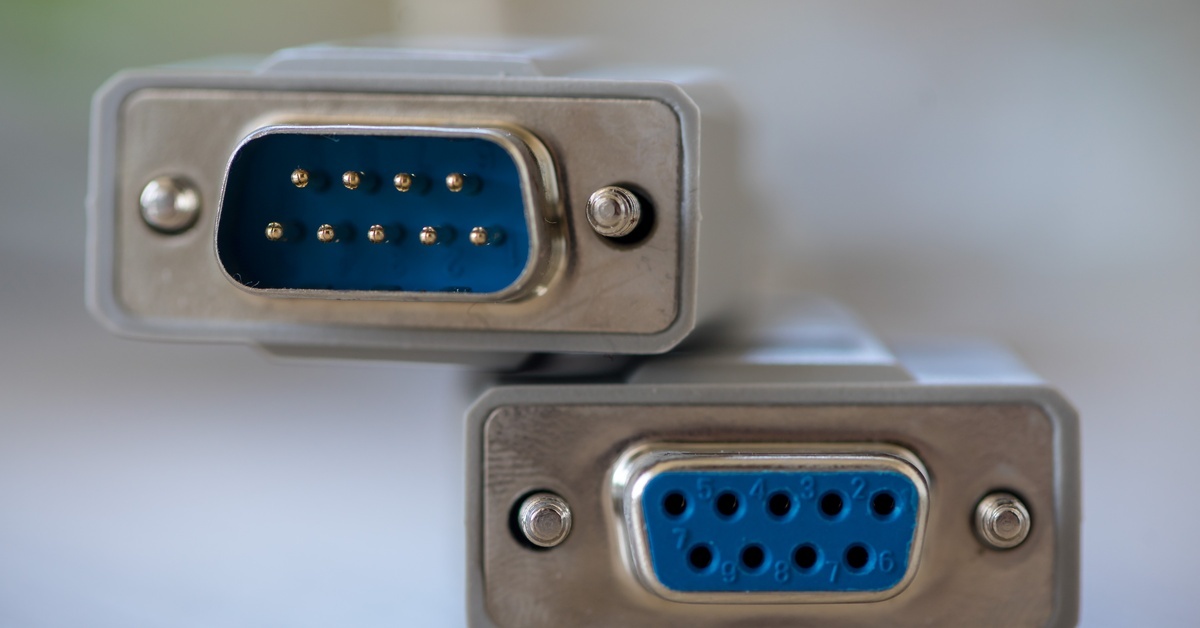In manufacturing, quality isn’t just a goal; it’s a necessity. Statistical process control (SPC) stands as a fundamental method for monitoring and controlling quality, helping businesses ensure their processes operate efficiently to produce more specification-conforming products with minimal waste.
However, the effectiveness of SPC hinges entirely on the quality of the data it uses. When data is entered manually, the process is vulnerable to human error, which can lead to flawed analysis and poor decision-making. This guide will explore how you can enhance SPC data accuracy via RS232 and Modbus solutions, leading to more accurate and reliable SPC.
Understanding SPC and Data Accuracy
Statistical process control uses statistical methods to monitor and control a process. The goal is to make sure it operates at its full potential to produce conforming products. By collecting and analyzing data in real-time, manufacturers can identify variations in their processes.
The entire framework of SPC is built on data. If the data is inaccurate, the resulting analysis will be misleading. Manual data entry is a significant source of these inaccuracies. Simple mistakes like transposing numbers, misreading a measurement, or skipping an entry can have major consequences. These errors can lead to incorrect control charts, causing teams to either overreact to normal process variations or fail to notice significant issues.
Ultimately, inaccurate data undermines the core purpose of SPC, potentially leading to increased waste, higher costs, and a decline in product quality. For SPC to be a truly effective tool, the data feeding into it must be as precise as possible.
What Is Modbus?
To automate data collection, we need a reliable way for devices to communicate. This is where communication protocols come into play. Modbus is a widely used messaging protocol that allows various electronic devices to communicate with each other over a network. Developed in the late 1970s for use with programmable logic controllers (PLCs), it has since become a de facto standard in industrial environments. Its simplicity and open nature have made it a popular choice for connecting industrial electronic devices.
Modbus operates on a client-server principle. In a typical setup, one device, the client, initiates requests to one or more server devices. The client can read data from or write data to the server devices.
For example, a client computer could request a measurement reading from a server gage. The server device then responds to the client’s request, transmitting the required data. This straightforward communication structure makes Modbus highly effective for collecting data from various instruments and sensors on a factory floor. Its robustness means that data is transmitted reliably, which is crucial for any automated data collection system.
RS232 and Modbus

The RS232 protocol is a long-standing standard for serial communication. It defines the electrical characteristics and timing of signals for communication between two devices. When paired with Modbus, RS232 provides the physical layer for data transmission.
Essentially, Modbus defines the structure of the message, while RS232 defines how that message is sent electrically from one device to another through a serial connection. This combination creates a powerful and reliable method for transferring data from measurement instruments to a central data collection system.
Using Modbus with an RS232 connection offers several advantages in industrial settings. The RS232 standard is well-established and supported by a vast range of industrial equipment, including many precision measurement instruments. This widespread compatibility simplifies the process of connecting different devices.
Furthermore, the combination is known for its reliability and noise immunity, which are critical in a factory environment where electrical interference can be a problem. This robust connection ensures that the data sent from a measurement gage is received accurately by the data recording program, forming the backbone of a dependable automated data collection system.
Seamless Data Recording
This is where single input gage interfaces come into the picture. These devices act as a bridge, connecting your precision measurement instruments directly to your data recording programs. They are designed for simplicity and ease of use, providing a true plug-and-play solution for data automation. An interface takes the measurement reading from a gage, often via an RS232 connection using the Modbus protocol, and sends it directly into your SPC software or any other data recording program.
The process is remarkably straightforward. You simply connect the gage to the interface and the interface to the computer running your software. There is no need for complex configuration or custom programming. The interface handles the communication protocols automatically, converting the gage’s output into a format that the computer can instantly recognize. This seamless integration eliminates the need for manual data entry, allowing for instant and error-free recording of measurements. The result is a streamlined workflow that saves time and verifies the data you collect is consistently accurate.
The Benefits of Automated Interfaces
By automating data collection with a single input gage interface, you can significantly enhance your quality control processes. These devices offer a range of benefits that directly address the challenges of manual data entry and contribute to a more effective SPC program.
Improved Data Accuracy
The most significant benefit is the dramatic improvement in data accuracy. By eliminating manual data entry, you remove the primary source of errors in data collection. Automated transfer means that the exact measurement from the gage is recorded every single time, without the risk of typos, transpositions, or other human mistakes. This high level of accuracy provides a solid foundation for your SPC analysis, allowing you to trust the insights you gain from your control charts and make decisions with confidence.
Increased Efficiency
Automating data transfer also leads to a substantial increase in efficiency. Manual data entry is a time-consuming task that diverts valuable resources away from more critical activities. With an automated interface, measurements are recorded instantly, freeing up your team to focus on analyzing the data and improving the process. This automation can dramatically speed up your data collection cycles, allowing you to monitor your processes more frequently and respond to issues more quickly.
Enhanced Reliability
Consistency is key in quality control, and automated data collection provides a level of reliability that manual processes simply cannot match. A single input gage interface ensures that data is collected in a consistent and standardized manner, every single time. This error-free data collection process means your SPC system is always working with dependable information, leading to more stable and predictable process control and a more reliable quality assurance program overall.
Easy Integration
One of the most practical advantages of these interfaces is their ease of integration. They are designed to work seamlessly with a wide variety of data recording programs, from specialized SPC software to simple spreadsheets. The plug-and-play design means you can have them up and running in minutes, without needing IT support or extensive training. This easy integration allows you to quickly upgrade your data collection process without disrupting your existing workflows.
Modernize Your Data Collection

Accurate data is the lifeblood of any effective statistical process control program. While manual data entry can introduce errors that compromise your quality control efforts, modern technology offers a simple and powerful solution. By enhancing SPC data accuracy via RS232 and Modbus and leveraging single input gage interfaces that use reliable protocols, you can automate your data collection process.
Learn more about how you can streamline data collection in your manufacturing line when you partner with Advanced Systems and Designs. Explore our RS232 serial interface cable solutions and bring greater efficiency, accuracy, and dependability to your workflow.

